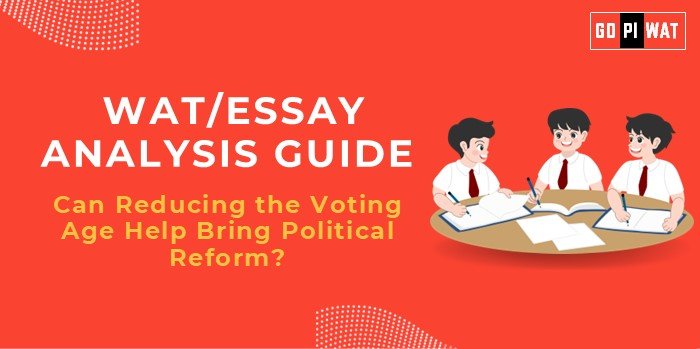🗳️ Can Reducing the Voting Age Help Bring Political Reform?
🌟 Introduction to the Topic
Reducing the voting age reflects a nation’s openness to trusting its youth with critical democratic responsibilities. With India’s youth comprising nearly 40% of its population, this reform sparks debates on whether involving younger voters could reshape the political landscape and drive progressive reforms.
📊 Achievements and Global Insights
- 🌍 Austria’s Model: Reduced the voting age to 16 in 2007, achieving higher youth voter turnout and increased civic engagement.
- 📈 Youth Engagement in India: The 1988 reduction of voting age from 21 to 18 led to a rise in voter participation among younger demographics.
- 🔄 Policy Impact: Nations with a younger voting population often witness shifts toward progressive policies on education, environment, and employment.
⚠️ Challenges of Lowering the Voting Age
- 💡 Maturity Concerns: Critics argue that individuals under 18 may lack the experience and knowledge to make informed electoral choices.
- 🛠️ Systemic Readiness: The existing infrastructure may not support the inclusion of millions of additional voters effectively.
- ⚔️ Manipulation Risks: Younger voters are more susceptible to social media influence and misinformation, posing risks to fair democratic processes.
🌐 Global Comparisons
- Austria: Demonstrates success with informed and engaged youth turnout, emphasizing the role of civic education.
- Scotland: Allowed 16- and 17-year-olds to vote in the 2014 independence referendum, showcasing youth responsibility in critical decisions.
- India’s Historical Reform: Lowering the voting age to 18 in 1988 increased youth participation and diversified political discourse.
🚀 Future Outlook and Recommendations
- 📚 Introduce Comprehensive Civic Education: Equip youth with the knowledge needed to make informed electoral decisions.
- 🗳️ Pilot Programs: Test the effectiveness of reducing the voting age in select regions before nationwide implementation.
- 🌐 Leverage Technology: Use digital platforms to educate and engage young voters effectively, while mitigating misinformation risks.
📈 Strategic Analysis of Strengths and Weaknesses
💪 Strengths
- Youthful energy can rejuvenate democratic processes.
- Increased voter diversity, leading to more inclusive policies.
⚠️ Weaknesses
- Potential for uninformed voting due to lack of experience.
- Challenges in managing larger voter rolls and election logistics.
🎓 Connecting with B-School Applications
- Real-World Applications: Explore the role of leadership in youth engagement strategies and policy-making.
- Sample Interview Questions:
- “How can reducing the voting age impact policy-making in India?”
- “Discuss the balance between civic education and empowering young voters.”
- Insights for Students: Leadership requires inclusive decision-making and understanding demographic impacts on governance.
📜 Conclusion
Reducing the voting age has the potential to energize democracies by fostering youth engagement and progressive reforms. However, its success hinges on robust civic education, systemic readiness, and safeguards against misinformation. By drawing inspiration from successful global models, India can effectively channel its demographic dividend toward a more inclusive and dynamic democracy.


